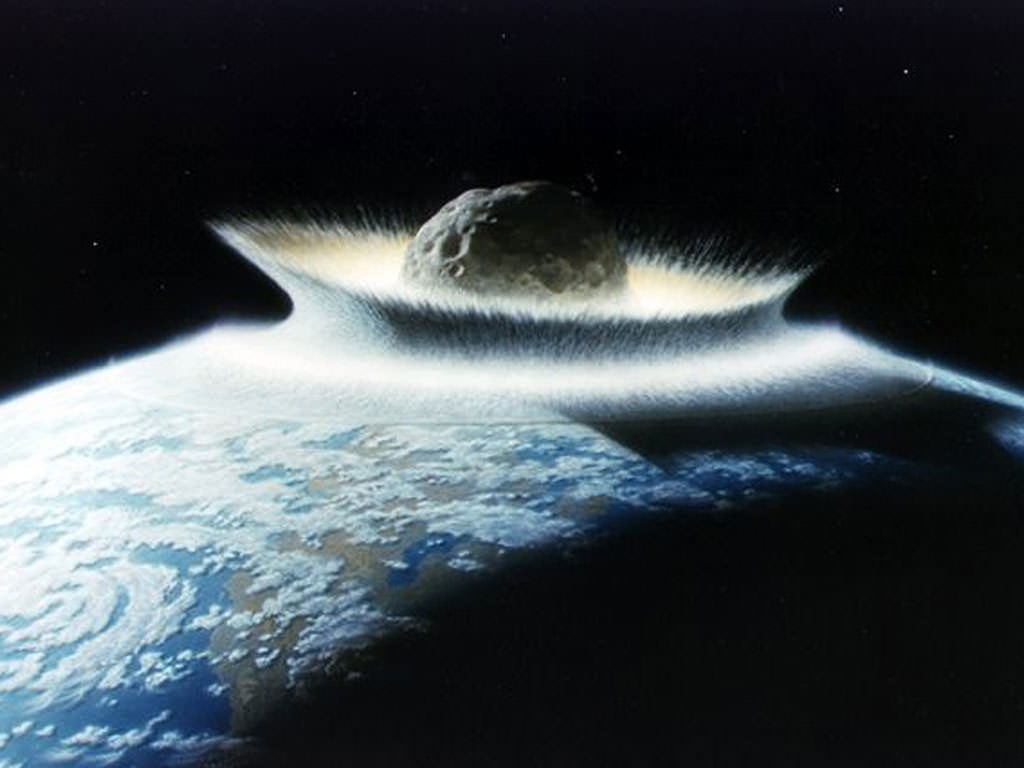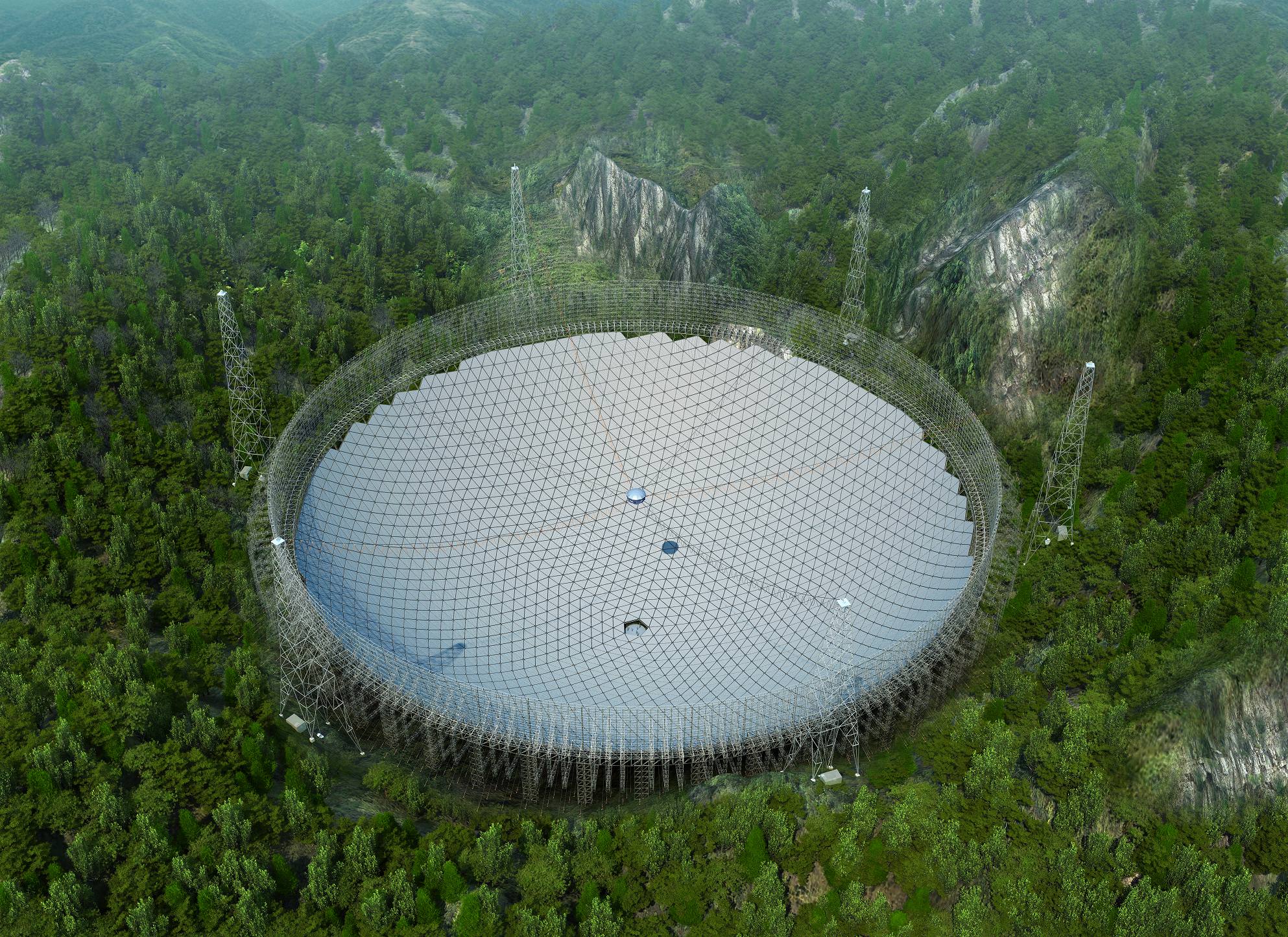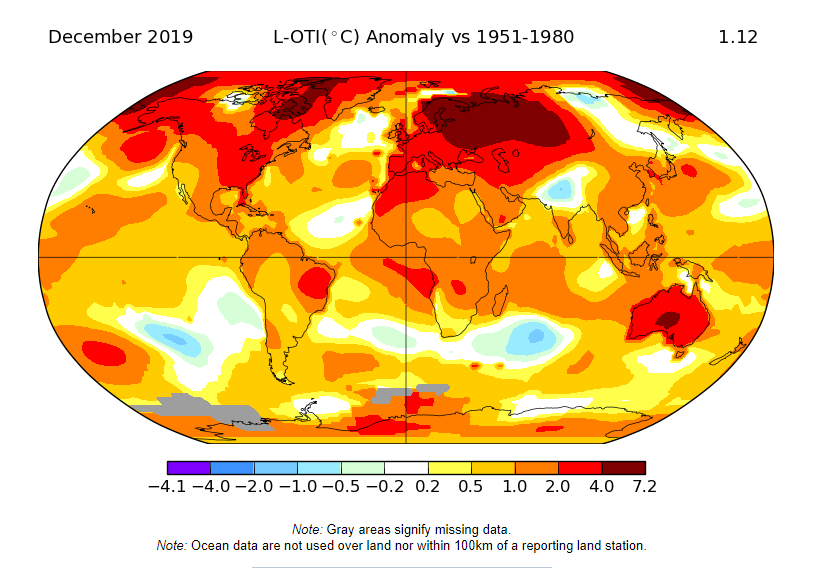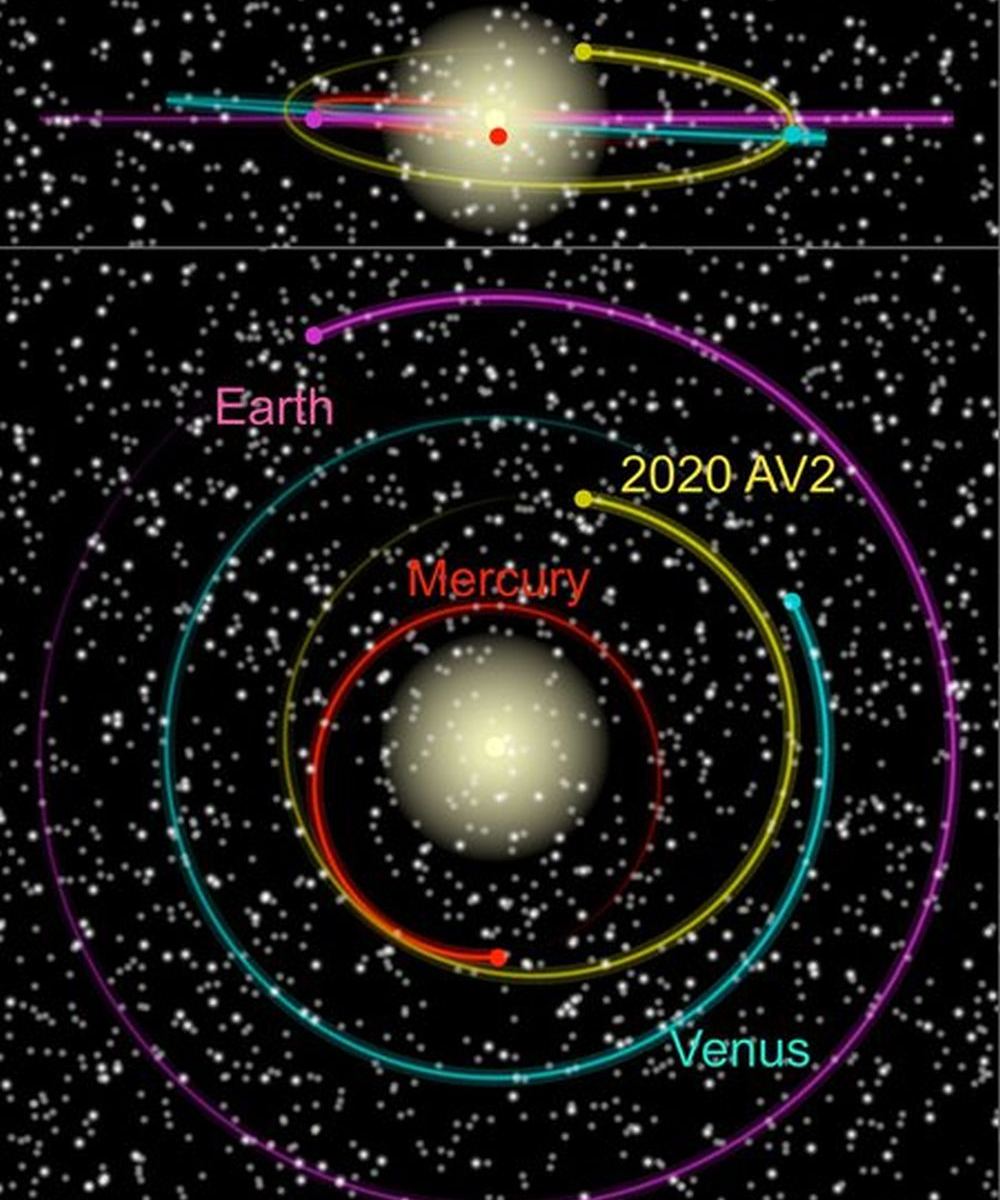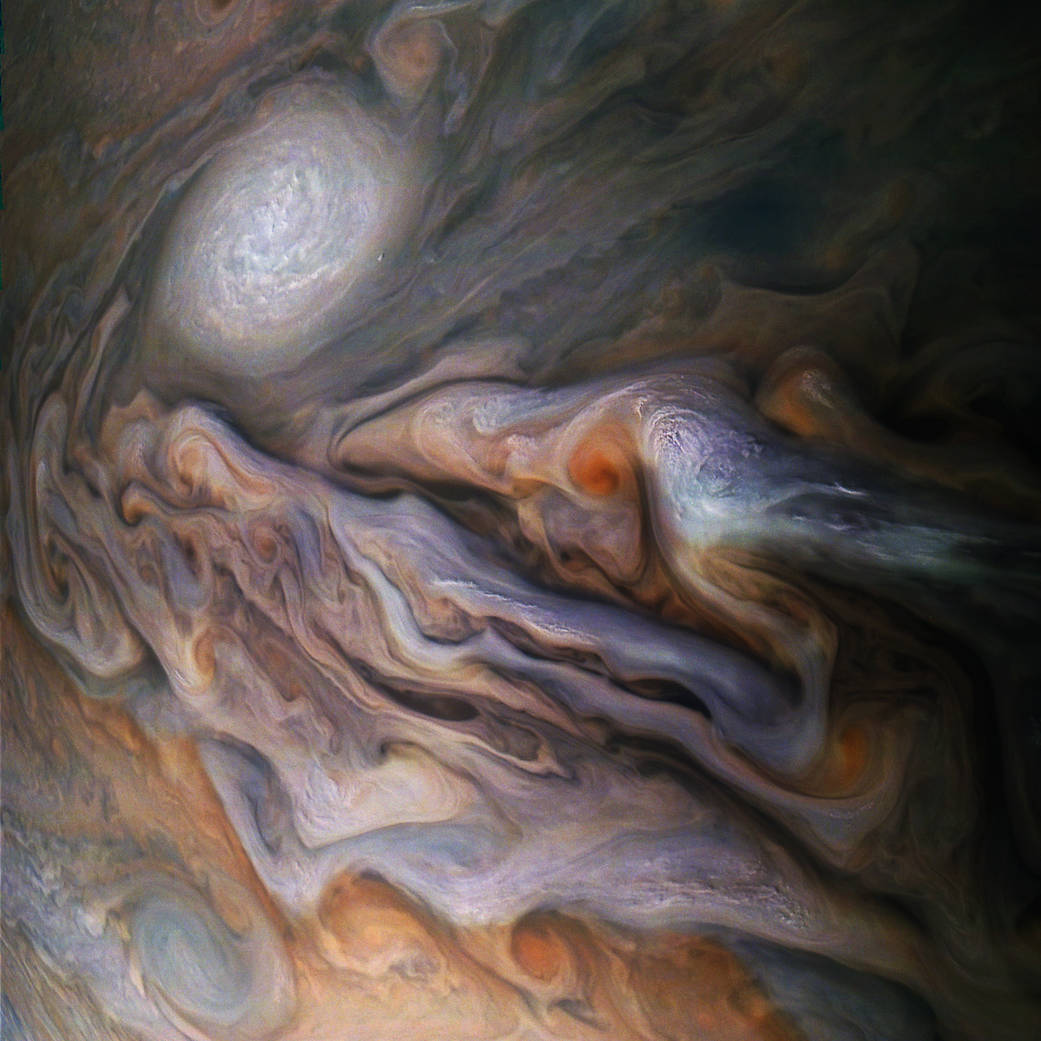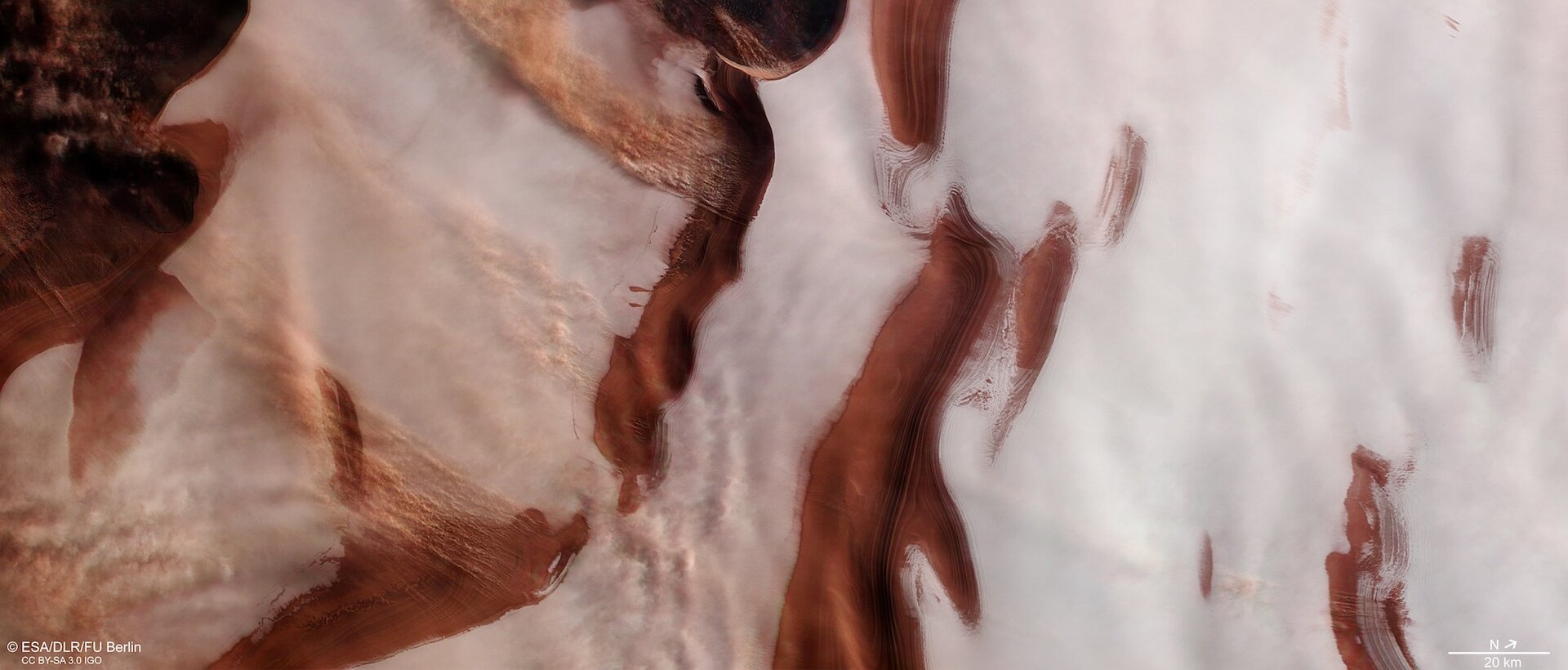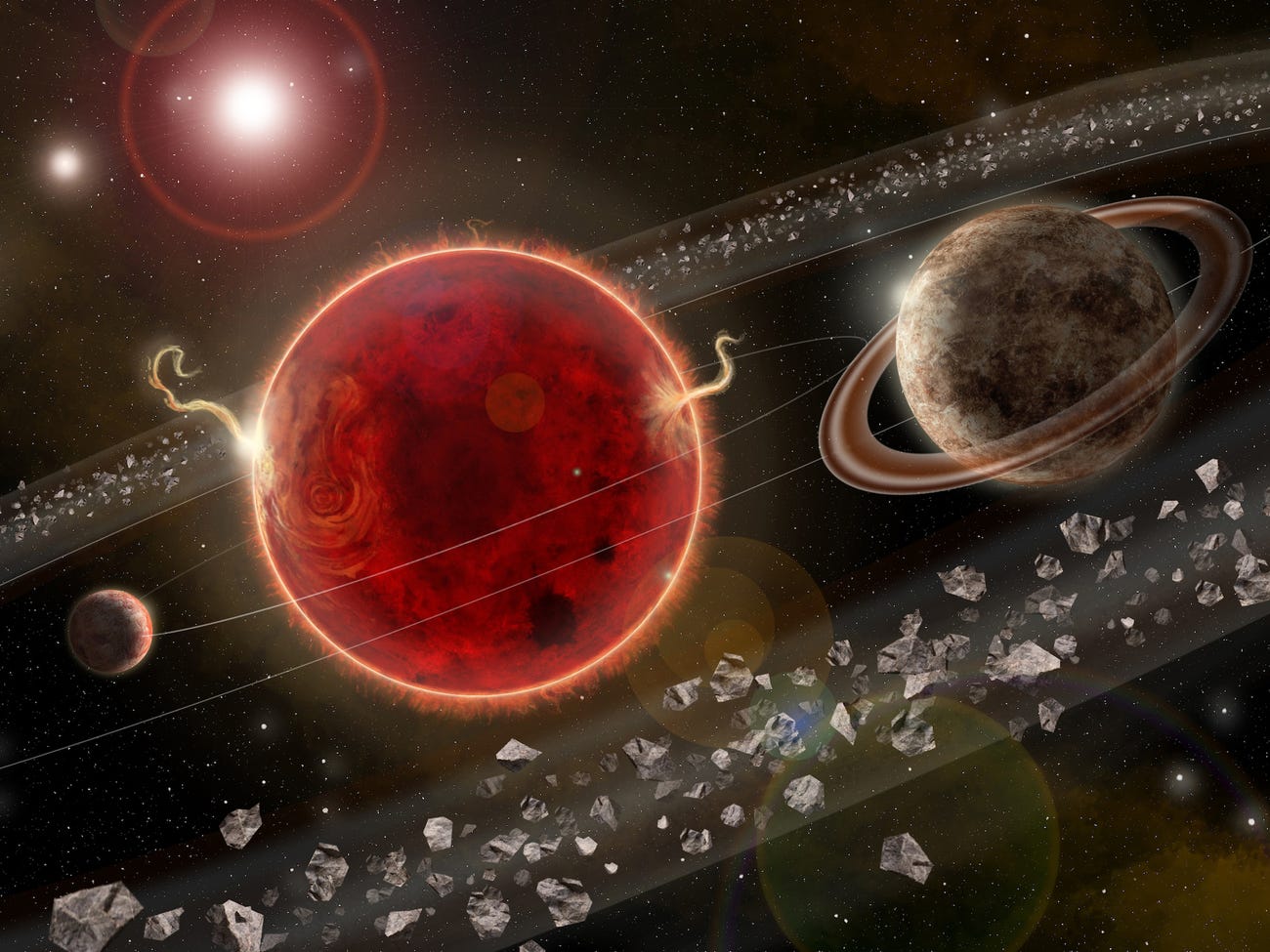Which camp are you in: volcanoes? Or asteroids?
When it comes to the extinction of the dinosaurs, science has whittled it down to those two possibilities. The asteroid strike has been the leading candidate for quite some time now, but those darn volcanoes refuse to stand down.
A new study is presenting even more evidence that it was the impact that wiped out the dinosaurs, and not volcanoes.
Continue reading “The Evidence is Leaning More and More Towards an Asteroid Ending the Dinosaurs”
